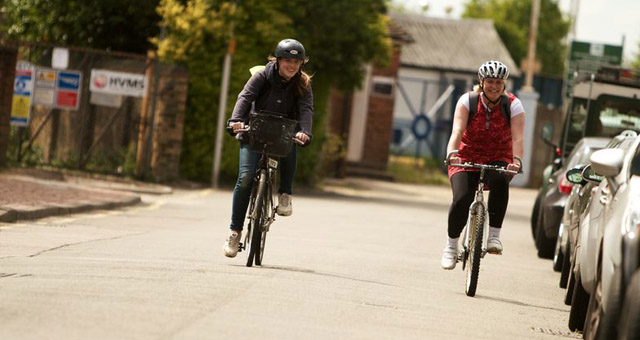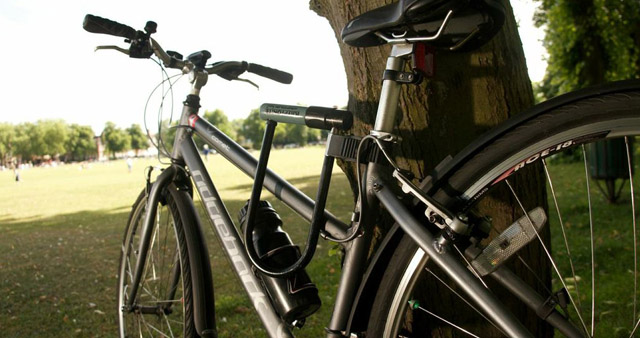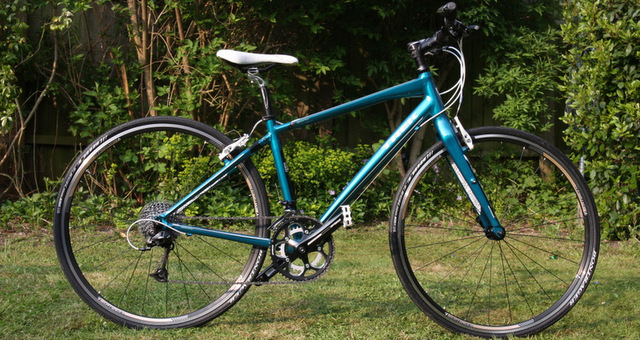The Cycle to Work can be a great way of getting a bike without having to fork out the upfront costs yourself. However, the financial aspects of the scheme are head-acheingly complex, and the savings aren’t what they once were.
Finance guru Felicity Hawksley took a long, hard look at the scheme, and didn’t like what she saw.
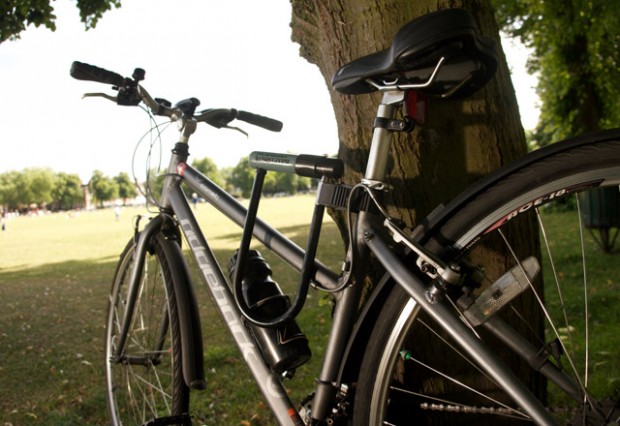
The harder you look at HM Revenue & Customs’ cycle to work tax break, the weirder, or at least more useless it appears. Being as fair as possible, it’s safe to say that it belongs in the year it was born – 1999, a year when the Walkman still ruled, Bill Clinton was busy being impeached and I had acne.
Sadly, like my bad skin, the Cycle to Work scheme (C2W) has stuck around. It started out, hung as a bauble on that Christmas-tree of a Bill, the Finance Act. It was a means of encouraging greener transport by making it tax deductible. But as anybody alive during the winter of 2012-13 will tell you, having a bike does not mean you’re going to ride it.
Rotting in the shed …
Statistics will carry me here. The 2011 census* showed that 742,675 people across England ‘usually’ cycle to work. One of the larger providers of bikes under the scheme claims to have helped to buy 325,000 bikes. Now, if the scheme were working as it should, a decent proportion of people who claim to ‘usually’ cycle to work would also claim to have used the scheme – not one in two, because some of those people would already have a bike, but a good number.
A quick survey in my vicinity and a quizzing of friends who fit the ‘usually’ criteria tells me this is not true. Not a single person has used the scheme (and I work at a massive accountancy firm, where people know and love their tax deductibles). My theory is that a good number of these bikes are sitting in sheds, hallways or awaiting their fate on eBay.
Hypothesising about uptake aside, there’s a whole raft of problems with the scheme that make it unsuitable for either encouraging greener behaviour, or boosting public health.
It is a truth universally acknowledged that the more complex a benefit, first, the more likely it is to be eroded by subsequent amendments and second, the less likely people are to claim it.
Nice try, it’s not working
Erosion, or legislative creep, is already happening in the case of C2W, which has been impacted by a EU-level decision that salary sacrifice arrangements (the kingpin of the scheme as explained here) should now be subject to VAT charges.
This came about because of pharmaceutical giant Astra Zeneca’s decision to supply its employees with high-street vouchers as a non-cash benefit in kind, on which the company claimed the VAT back. Not exactly how salary sacrifice schemes are meant to work, and rightly tackled by the EU. But it was a tax treatment designed for one thing that impacted another, with adverse consequences. In the case of C2W a loss of around 10% in savings and a ton of complicated language to impart to users.
Then complexity comes knocking. Anyone who reads the literature could well be put off by the references to the Consumer Credit Act; advice from the Office of Fair Trading on how much you can spend (anything above £1000 is deemed poor form); advice on what qualifies as using a bike for work (50% of the journeys made on the bike, FY-actual-I); advice on what qualifies as a bike (it can have four wheels); notice of the fact that this is a hire agreement, not a hire-purchase agreement (this would disqualify any VAT break) and the employer has no obligation to sell the bike to you at the end of the hire period; the fact that different charges apply to gross and net salary at different times and that the fundamental accounting principle of fair value – which is so incredibly complex that even technical accountants have trouble explaining it to other accountants (trust me, I sit within spitting distance of the guys that help write the guide to the main international standard) – governs what your bike might cost you at the end of all this – a figure that HMRC decided should jump by about 20% recently.
Deep breath.
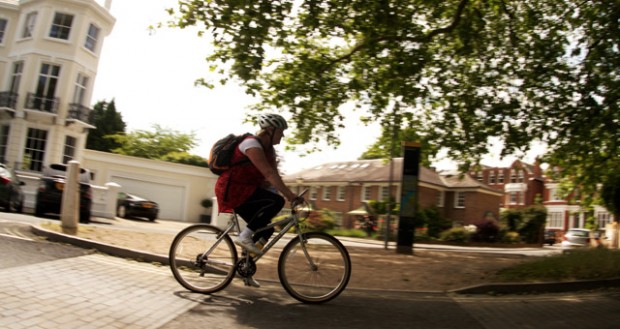
If you’re the kind of person that wants to read about something before parting with a chunk of your salary, the advice might well deal the fatal blow to your ambitions. If you’re a person of decent means, then you might well decide that paying the full £400 for your commuting steed is worth it just to get it done. There is both correlation and causation between complexity and uptake.
The scheme should prioritise need and aim higher
Then there are the totally hopeless aspects of the scheme. It doesn’t cater best to the people who need it most. You get a better tax break if you’re richer and pay more tax, for example (see the tables in this article on how the Cycle to Work scheme works).
It’s not a scheme that’s available on the minimum wage – so if you’re poor, you might as well just chuck your money at TfL, or Arriva, or spiralling petrol costs for a car you can barely afford to keep on the road, and then chuck the rest of your money at a gym membership.
A lot of employers won’t extend it to anyone under 18, because of the onerous laws regarding contracting with minors. Contrary to popular belief, not all teenagers are hanging out in a Micra diffing it up in Tesco car parks. Some of them don’t drive and have jobs they need to get home from safely, late. Then there’s the fact that getting young people to ride a bike might help with the whole impending obesity crisis, not to mention make them better drivers when they do get behind the wheel.
And finally, there’s the small to medium sized enterprises who have reported that they won’t touch the scheme with a barge pole because it’s so damn complicated and payroll is something they do when they get home from work and start changing nappies.

Considering the money poured into scrappage schemes (£300 million, or £2000 per eligible car) to encourage drivers to get polluting cars off the road and, more accurately, prop up Britain’s motor industry, it seems a touch ridiculous that something similarly persuasive can’t be chucked at cycling, given the enormous lateral benefits it has (health, productivity etc). As far as I can tell, the only good thing about C2W is that HMRC have deemed ‘bulb horns’ tax deductible as a piece of safety equipment.
Put it this way. In 1949, 14.7 billion miles were clocked up on bike journeys. That’s 3.1 billion now (stats are here).
Although much has changed, including more people working further from home, increased ownership of cars and so forth, it’s worth bearing in mind that there’s at least 10 million more people now, with a lot more disposable income, and there’s no reason that 14.7 billion miles shouldn’t be what we’re aiming for.
I propose that HMRC make bikes exempt from VAT entirely.
A handy 20% saving and a real, simple, accessible incentive for everyone. Like I say, C2W is a scheme that gets some money off some bikes for some people. But this is 2013 and we can probably come up with something a little more sophisticated.
*I understand that this data is old, and uptake in cycling seems to have risen in the past two years, but I’m beefing up this theory with a second set of data from the Department for Transport which shows that the total mileage of journeys made by bike has only risen 0.1 billion in the last year, and I’m pretty sure that’s the doing of the one-woman Boris bike wonder that sits on my team at work.


